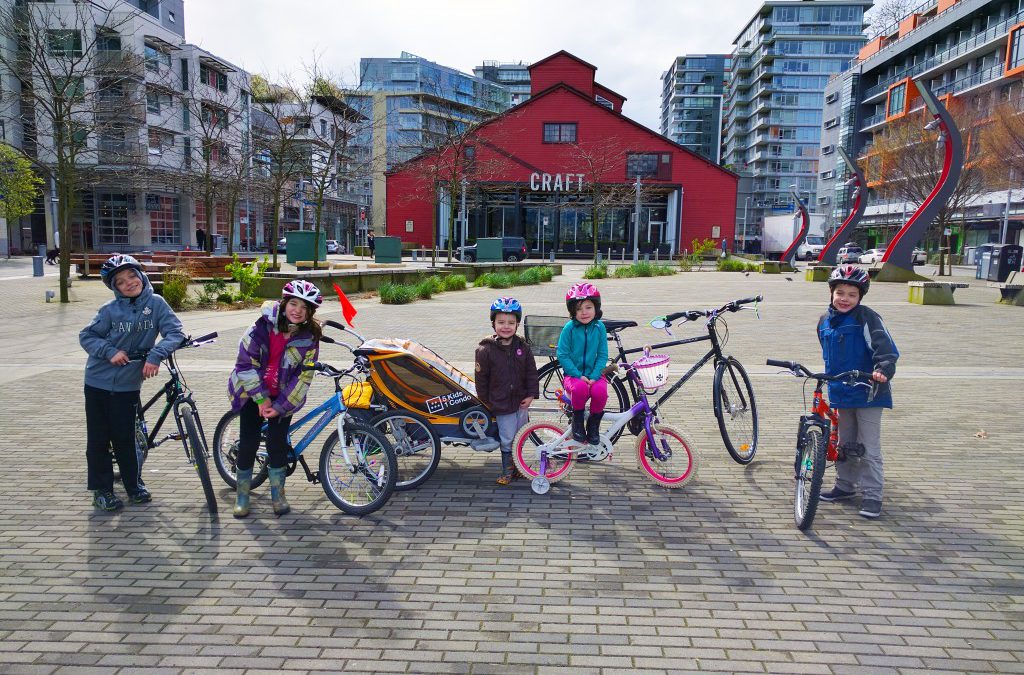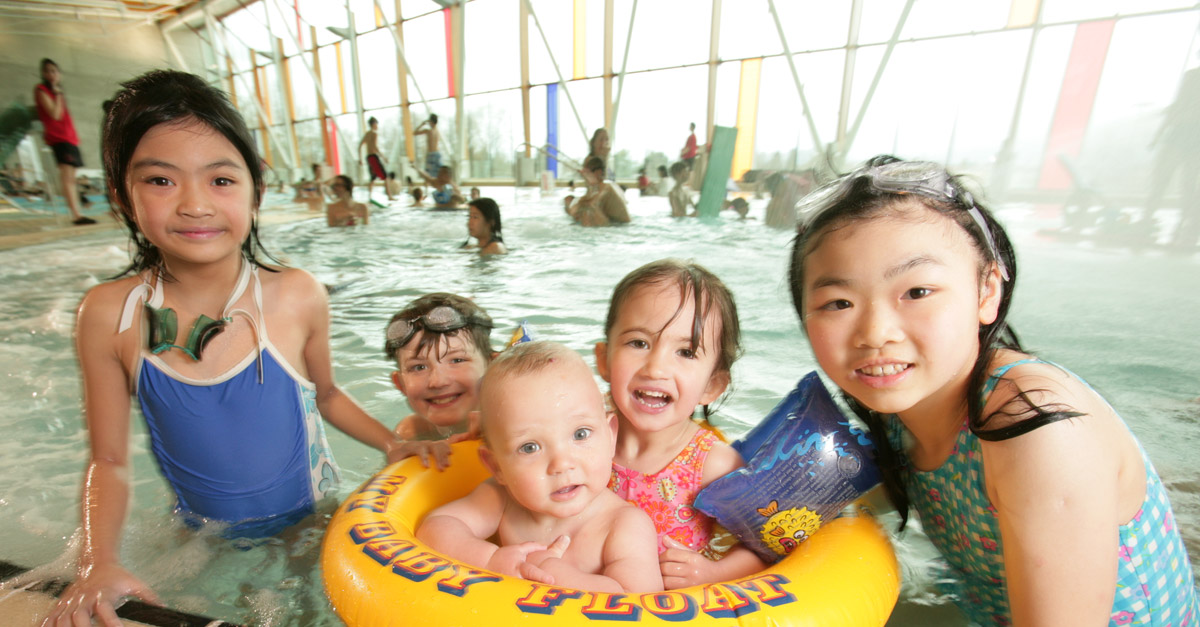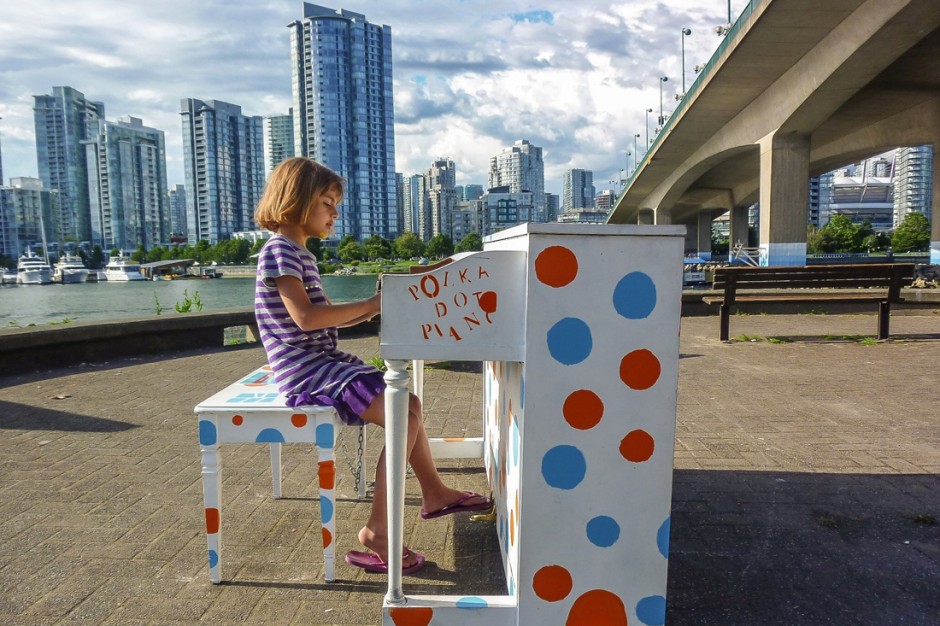
Keep up with our latest news and projects!

As cities around the world have focused on becoming more liveable and less industrial, families are increasingly embracing urban life. They trade in car ownership and a sprawling suburban home for compact condos and townhomes with the ability to walk and bike to a plethora of amenities.
Over the years, I have interviewed several families to understand why they choose city life and have discovered their reasons include the chance to provide their children with an active lifestyle, access to great amenities, reduced energy and goods consumption, exposure to diversity, and better family connections. How do we create a city that meets their needs?
Here are ten ways that we can build a more child-friendly city:
1. Density – The benefits of city life for families, such as walkability, more free time and access to public transit and services, would not be possible without living in compact homes. This does not just mean high-rise towers. It means providing a whole range of compact forms like townhomes, laneway homes, duplexes, low-rise apartments and more.
2. Family-oriented Housing – We can’t just have density, we need homes designed to meet the needs of families, particularly homes with three bedrooms that are in family-friendly neighbourhoods with parks and amenities nearby. The City of Vancouver recently announced that it will develop a city-wide rezoning policy to allow for more high-density multi-family units in single-family neighbourhoods.
3. Access to Schools and Childcare – This is key. Parents cannot raise a child in the city without having nearby access – ideally walking distance – to good quality childcare, elementary and high schools.
4. Access to Public Transit – It has been said that families need their cars to tote kids around from place to place, but many families are proving this is not true. Even Vancouver’s former Director of Planning Brent Toderian, who once said that “kids are the indicator species of a great neighbourhood”, took his newborn son home from the hospital on public transit. Access to public transit is much easier when you live in a more compact, walkable community. If you do need a car, many cities now have car-sharing, allowing families to access one when necessary.
5. Walkability – This is not just a matter of being able to walk where you need to go. Walkability means crosswalks, paved sidewalks and nice things like tree-lined streets. You’d be surprised at how many cities don’t provide sidewalks – even when amenities are within walking distance.
6. Bikeability – The greatest joy for a child is riding a bike. It teaches them independence and it’s just plain fun. For many urban families, it is a primary main mode of transport. Cities need to do their part to make it safe and plentiful.
7. Access to Nature – The irony of living in the suburbs is that many people live there to get closer to nature, yet they end of destroying it in the process. Children and even their parents need access to nature. We know the benefits it has on physical and mental health. Every family should be able to access a park within 5 -10 minutes walking distance. There are many other ways to improve access to nature in the cities, such as planting community gardens and adding trees to the urban forest.
8. Access to Amenities – Parents in cities say that one of the greatest benefits of city life is easier access to amenities like community centres, libraries, public pools, movie theatres, and playgrounds. The best way for cities to attract families is by providing an abundance and diversity of amenities that appeal to children and don’t require car transport.

9. Public Safety – When I think back to my childhood, it is hard to believe how much more sheltered children are today. Maybe it is because there are less eyes on the street and weaker community connections, but many parents are afraid of letting their kids be unsupervised in their neighbourhood. Simple measures like traffic calming and even bringing back programs like Block Parents can help parents be more confident in letting their kids roam freely.
10. Fun and Whimsy – Children can find magic in almost any everyday object. To aid their curious minds, cities can add features to inspire the inner child in all of us, like water parks, swings, rainbow crosswalks, street art, parklets, sidewalk swings and public pianos.

This article belongs to a series of stories about the city at eye level for kids! You can access the full book online in PDF or pre-order your hardcopy to be delivered to your home.
Get your book here